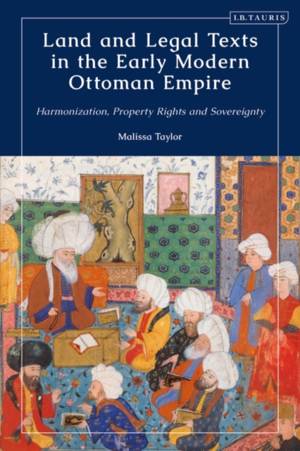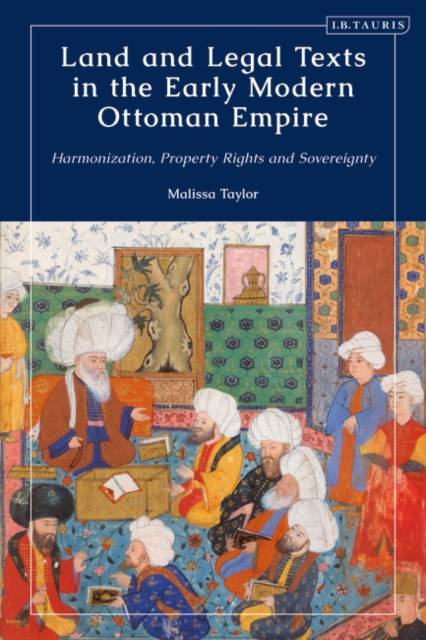
- Afhalen na 1 uur in een winkel met voorraad
- Gratis thuislevering in België vanaf € 30
- Ruim aanbod met 7 miljoen producten
- Afhalen na 1 uur in een winkel met voorraad
- Gratis thuislevering in België vanaf € 30
- Ruim aanbod met 7 miljoen producten
Zoeken
Land and Legal Texts in the Early Modern Ottoman Empire
Harmonization, Property Rights and Sovereignty
Malissa Taylor
€ 195,45
+ 390 punten
Omschrijving
Using Arabic and Ottoman Turkish sources drawn from three genres of legal text, this book is the first full-length study in decades to investigate the evolution of Ottoman land law from its "classical" articulation in the sixteenth century to its reformulation in the 1858 Land Code. The book demonstrates that well before the nineteenth century the tradition of Ottoman land tenure law had developed an indigenous form of property right that would remain intact in the Land Code. In addition, the rising consensus of the jurists that the sultan was the source of the land law paved the way for the wider legislative authority that the Ottoman state would increasingly assert in the Tanzimat period of reform. Demonstrating the profound and ongoing adaptation of a legal tradition that was at once both Ottoman and Islamic, it revises our understanding of the relationship between the modern Islamic world and its early modern past, and what kind of intervention was represented by reform in the 19th century.
Specificaties
Betrokkenen
- Auteur(s):
- Uitgeverij:
Inhoud
- Aantal bladzijden:
- 216
- Taal:
- Engels
- Reeks:
Eigenschappen
- Productcode (EAN):
- 9780755647682
- Verschijningsdatum:
- 19/10/2023
- Uitvoering:
- Hardcover
- Formaat:
- Genaaid
- Afmetingen:
- 156 mm x 234 mm
- Gewicht:
- 476 g

Alleen bij Standaard Boekhandel
+ 390 punten op je klantenkaart van Standaard Boekhandel
Beoordelingen
We publiceren alleen reviews die voldoen aan de voorwaarden voor reviews. Bekijk onze voorwaarden voor reviews.











